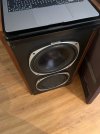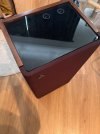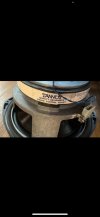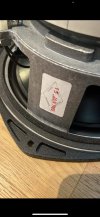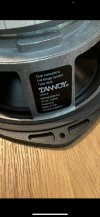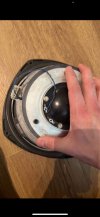cavedriver
Addicted to Fun and Learning
Also, note how Erin's mentions the driver pair being "not very heavy". I wonder how not very heavy is that? Of course I understand that most of the driver weight in heavy drivers is magnet power to drive large woofer cone excursions so it makes sense for the frequency range of this speaker that the total driver weight might not need to be that much. But there's also the question of how much weight did AJ save by overlapping the magnetic fields of the two drivers.


